
Global Green USA originally published “Blueprint for Greening Affordable Housing” in 2007. While the original holds up well, we’re lucky to have a new edition from Walker Wells and Kimberly Vermeer. Kimberly reached out to my partner Abe Kruger last year to discuss the upcoming edition and to visit some of our local projects that could be featured as case studies. We’re excited that two are now featured in their revised edition as exemplary green affordable housing developments.
Blueprint is a very good primer on the affordable housing industry and the steps to creating sustainable projects in this market sector. The authors cover the nuts-and-bolts of green affordable housing in a clear, step-by-step manner, starting with the integrated design process, or IDP, and continuing through basic green building and operations, concluding with a chapter on financing and future trends.
An integrated design process is crucial
The chapter on the IDP aligns closely with many green building programs, and particularly with Enterprise Green Communities, the only certification program designed exclusively for affordable housing. Integrated design is critical to achieving cost-effective high-performance construction, and the authors cover the concepts well.
What is a Charrette?The term charrette is used to describe integrated design process meetings, typically half or full day events that bring in all stakeholders, including residents, designers, consultants, contractors, and developers. I have attended and facilitated project Charrettes, and when properly managed they can improve projects by incorporating new ideas into project plans. Interestingly, the origin of the word is from “the cart” (Charrette in French) that was used at the Ecole de Beaux Arts to collect Architecture students’ projects when complete. |
In my experience, however, this process often gets short shrift and Blueprint would benefit from a deeper exploration of the challenges to implementing such a process. I know from experience that green building consultants are often called in after plans are complete, limiting their ability to bring their expertise to a project and improve performance. True integrated design requires an investment of time (and consequently money) in order to consider and discard various options in the process of creating the best design. Many projects rely on minor reworking of previous plans in order to save precious time and money in the development process.
I believe that if development teams were to take the time up front to incorporate a truly integrated design process as outlined in the book, they could come up with significant savings in both first cost and operations that would offset any increased design costs. They could then take advantage of these lessons and associated savings in future projects.
The intricacies of financing affordable housing
The book’s chapter on financing was of particular interest to me. I didn’t necessarily learn anything new, but rather appreciated how clearly it explained things that it took me several years to understand, specifically the intricacies of how affordable housing is financed.
This is a subject that I only fully understood after hearing a presentation by Jon Toppen of Tapestry Development Group at a City of Decatur Affordable Housing Task Force meeting last year. I could have sped up my learning curve had I read the first edition of the book.
Understanding the multiple levels of financing required for affordable housing projects helps us assist our clients by recommending various utility rebates, tax incentives, financing discounts, and other grants available from local and national groups including Fannie Mae’s Green Rewards and Healthy Housing Rewards which incorporates FitWel certification.
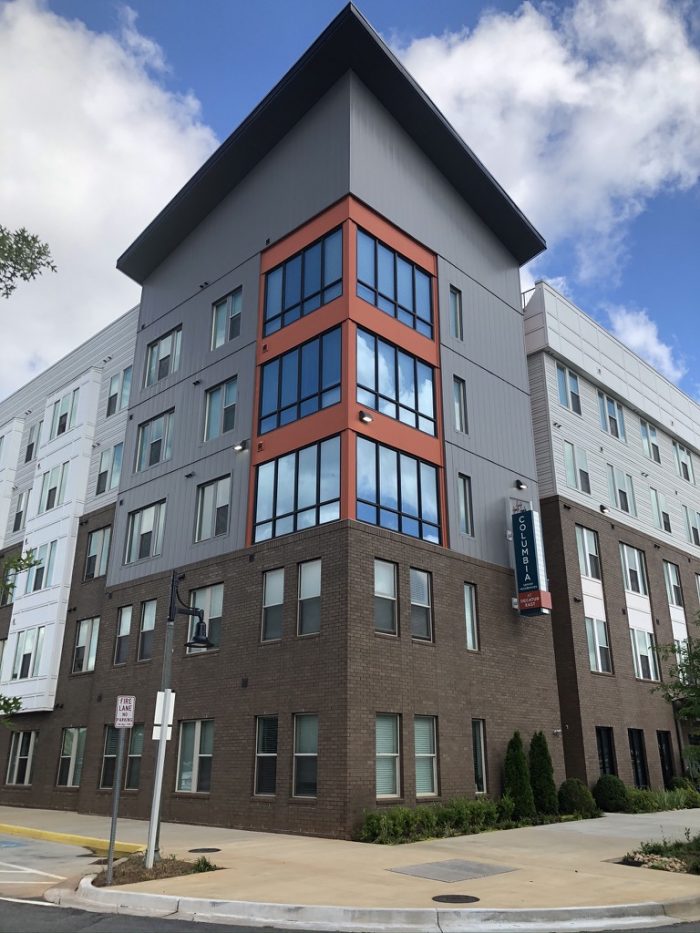
Affordable housing is primarily constructed by private developers using the federal Low-Income Housing Tax Credit (LIHTC) funds to subsidize the cost of construction in exchange for leasing most or all of the units to those earning less than the Area Mean Income (AMI) for at least 15 years. Many of these projects are mixed income, including both market rate and affordable units, to create more diverse, inclusive communities. While most of these projects are designed for working or retired individuals and families, some provide housing for those suffering from extreme poverty and homelessness, as can be seen in the book’s case studies.
The authors point out how utility allowances can affect a project’s financial success. Housing agencies have standard utility allowances used to determine how much rent a project can charge. Most subsidized affordable housing requires limits on the total portion of a household’s income that can be spent on housing, typically targeted at 30% for rent and utilities. Property owners are therefore able increase rents (but not the total housing cost to tenants) by lowering the utilities through energy and water efficiency.
Standard utility allowances do not take into account energy efficiency upgrades, limiting the ability for a developer to recoup their investments in building performance. Using energy modeling in the design process can help project teams determine the projected energy use and prepare accurate utility allowances, allowing for higher rents or sale prices that help pay for efficiency improvements, providing long-term benefit to owners and occupants.
Priorities of today and tomorrow
The authors identify four trends they see influencing green housing: climate change, carbon deduction, and resilience; the housing-health connection; social cohesion; and green strategies beyond the building. While there is increased interest in climate change and carbon reduction, for most developers we work with this is more of an unintended by-product of their green building than a team commitment. Resilience is gaining more ground in these days of extreme weather events, and as green building programs require and incentivize increased resilience, projects will benefit.
The housing-health connection is one area where we are seeing significant action. The authors point out that healthy housing is transitioning from primarily being focused on indoor air quality toward more expansive overall health outcomes of residents. More and more developments are incorporating community health assessments in the planning stage and providing ongoing resident support services. Two areas that were not specifically addressed are the increased interest in promoting physical activity through building design and access to fresh, healthy food, although they are key components of FitWel and WELL, programs that are noted in this chapter.
Social equity is a less clear and still evolving goal for affordable housing. Green certification programs are beginning to include this as either optional or required criteria to encourage tenant and neighbor involvement to foster a sense of community. Green Beyond the Building incorporates good neighborhood development principles using LEED ND, EarthCraft Communities, or other community certification programs, expanding the sustainable practices of developers to include entire neighborhoods.
Real life case studies
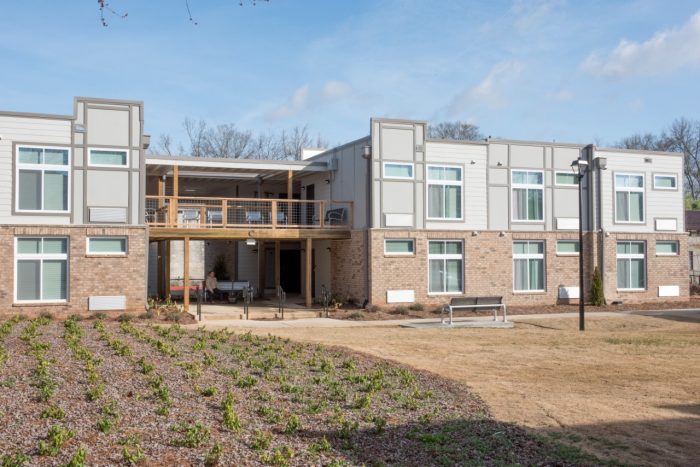
The book concludes with fourteen case studies of a variety of green affordable housing projects, including two that my firm consulted on. I appreciate the variety of project they included, including new construction and renovations, low and high-rise construction, PV installation, single and multifamily, modular and site built, for sale and rental, and transitional housing for the chronically homeless. Each case study includes project details, goals and accomplishments, challenges, and a financing breakdown, all providing useful information for project teams.
“Blueprint for Greening Affordable Housing” is solid overall introduction to the current state of affordable housing development. Developers looking to green their projects, those looking to move into the affordable market, and those looking to get into the industry would all do well to read this book.
-Carl Seville is a green builder, educator, and consultant on sustainability to the residential construction industry. After a 25-year career in the remodeling industry, he and a partner founded SK Collaborative. Photos courtesy of the author.
Weekly Newsletter
Get building science and energy efficiency advice, plus special offers, in your inbox.





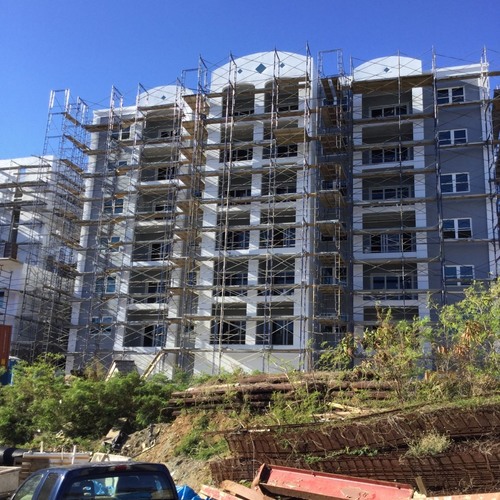
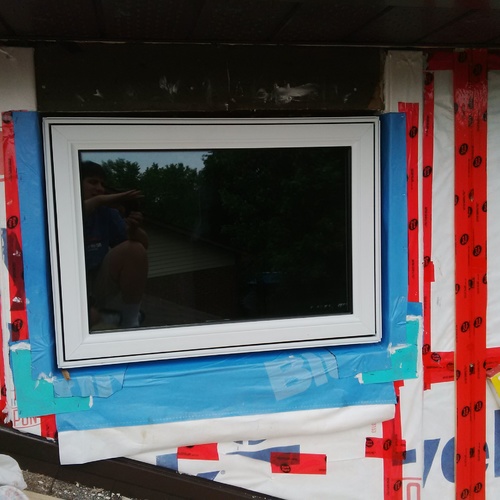

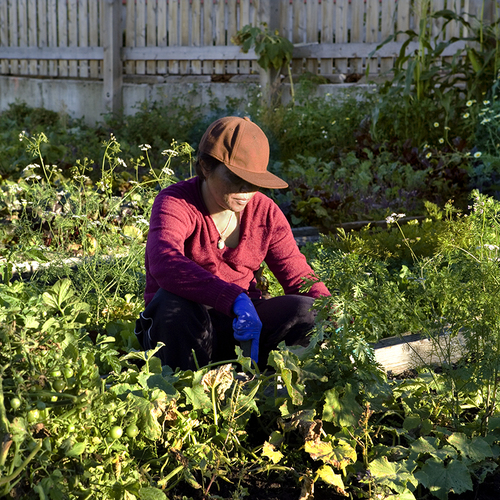






0 Comments
Log in or create an account to post a comment.
Sign up Log in